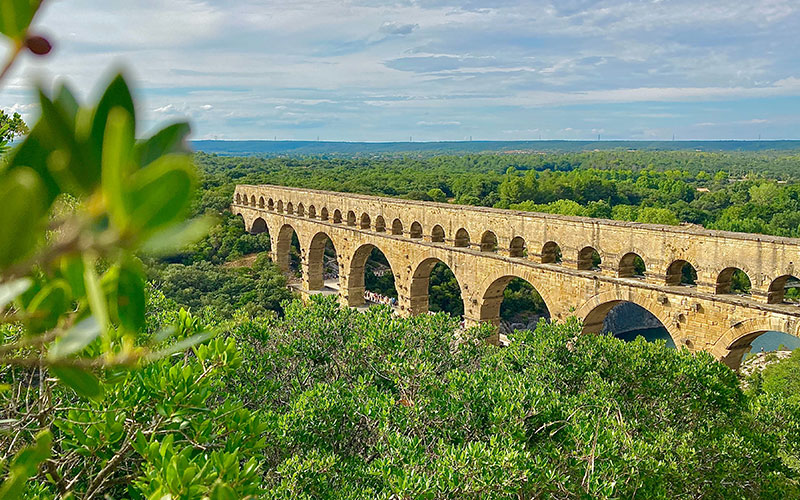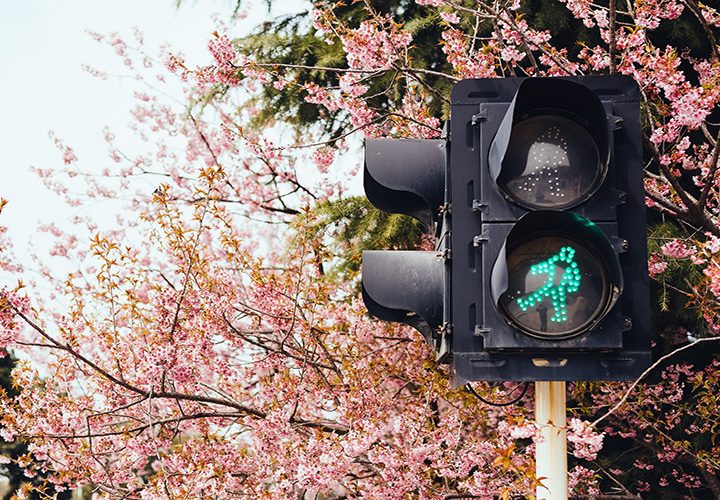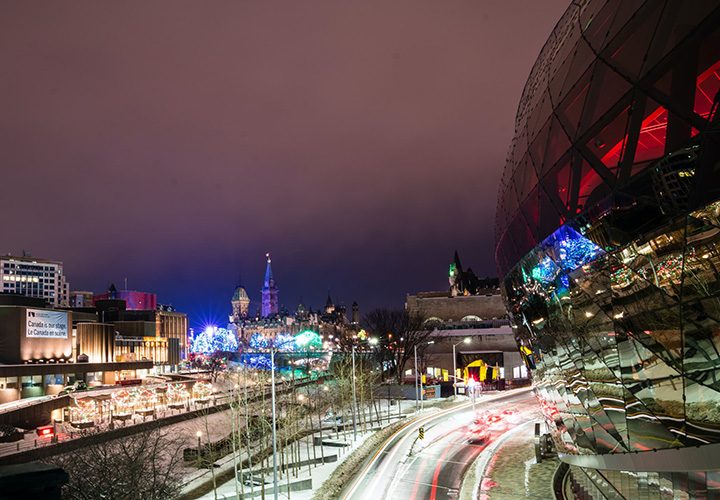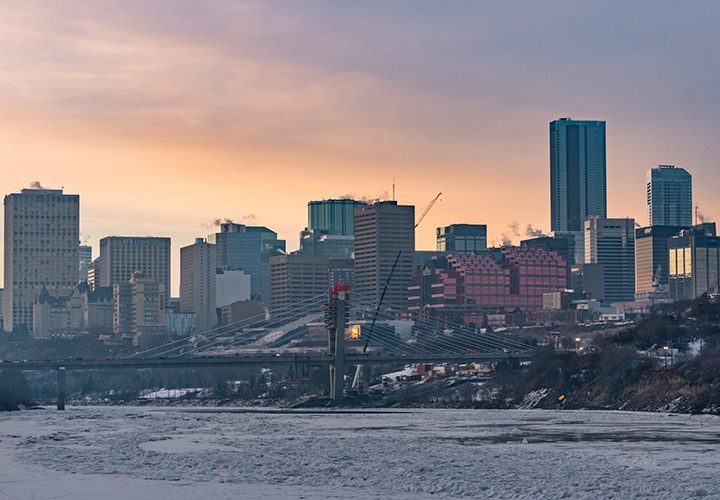Nîmes
Located in southern France, Nîmes was a former outpost for the Roman Empire. This well-preserved commune, is packed with rich history and culture. There is so much to explore in this area.

Details
Before visiting any town or city make sure you know the basics. General details and important information.
- Emergency Services: 112
- Language: French
- Currency: Euro
- Country Code: FR
- Travel Visa: None required
- Population: 150,672
Risk Level
Researching various official sources, we perceive the risk to holiday makers and travellers are as follows;
Travellers Tips
Top travel advice and interesting tip bits of information from experienced travellers.
Emergencies
For the Emergency services just dial 112 from any phone.
Hospitals in Nîmes
Tourist Offices
Travelling Around
Nîmes is easily covered on foot, with historic monuments being closely located. Cycling is also popular. Velo Tango bike rental are available from the Tain station.
Airports
Train Stations
Nimes Safety
How do I keep up with the local news?
What are some safety tips I should know?
Purse theft, or the snatching of other bags is generally the biggest threat to tourists. Because of this don’t make yourself a target.
Don’t flash large sums of money, and watch your possessions at all times when you’re on the go.
Leave valuables in your hotel where possible and if traveling by car, do not leave valuables on display.
What are some of the common crimes?
Watch out for pickpockets and petty thieves at train stations, bus stations, the airport and popular tourist destinations.
Are there any areas to avoid?
There are no bad neighbourhoods in Nimes. Though as with every city you should be more careful at night, avoiding quiet backstreets, dark parks and seedy places with suspicious characters.
Improve Your Personal Safety
Knowledge – the more you have the better equipped you are.
Awareness – the more you see the safer you become.
Response – the right reaction can change a situation.
Local Traditions
Every culture has its customs and traditions, they have been handed down the generations and are always held in high regards by the local residents.
Annual Ceremonies
Jeudis de Nîmes (Thursdays in Nimes)
In July and August of each year, Thursdays of Nîmes takes over the city centre. With entertainment and events of all kinds in celebrations that are becoming more popular every year. Around fifteen sites host these entertainments including the Maison Carrée which is open until 21.00. Stroll the streets of the city to enjoy the freshness of a summer day and the charm of Mediterranean evenings with musicians, art, artists, antique dealers, local artisan producers.
Annual Events
Annual events allow a city come together for some amazing experiences. If visiting at this time, make sure you have your accommodation booked and are always aware of your surroundings when travelling around.
Nîmes Events
Férias de Nîmes
This is an annual festival largely focused on bullfighting at the Roman Amphitheatre. Described as a Spanish-flavoured Whitsuntide festival, this is a popular event that draws almost a million visitors. The celebrations begin with the Pégoulade, a parade-cum-conga that winds through Nîmes’ streets and boulevards before finishing up at Les Arènes. After this, the focus is on music, partying and bulls, with bull-running, bull-fighting, and Camarguaises, a non-fatal bull-taunting.
Les Grands Jeux Romains (the Great Roman Games)
This celebration of Roman games takes on a large dimension in the amphitheater at Nimes. There is a military parade and a e-enactment of the Battle of Alesia. During this spring weekend, Nîmes’ Great Roman Games invite young and old to relive the Roman times.
Nimes Flamenco Festival
In the Theatre de Nimes spices up the winter months with one of the biggest flamenco events in France. There is a series of concerts featuring some of the best flamenco performers such as Tomatito, Moratio Chico, Israel Galvan, El Capullo de Jerez, and Antonio Moya. The festival also has talks, workshops and training for connoisseurs and novices alike, with experts from the flamenco world. There are also other activities which run in parallel throughout the city.
Nimes Highlights
What are the main attractions?
Nîmes Roman Amphitheatre (les Arenes)
Nîmes’ twin-tiered amphitheatre is the best preserved and biggest outside Italy. Built in around 100AD, the amphitheatre originally held about 24,000 spectators in its four tiers and today it is still used for public events such as concerts and bullfights when it can hold 16000 people.
Inside, the amphitheatre is well preserved, especially considering its great age, history of adaption and being robbed for stone. The seating tiers, interior halls and staircases are all in situ, and there is a museum with replicas of gladiatorial armour.Parc Panda
Panda Park is in a wooded site on hills close to Nimes and has acrobatic courses suspended high in the trees. There are more than fifty obstacles to enjoy, with bridges, zip lines, bike, skateboards and more. They have 5 routes to choose, from easy to extreme where you can get adrenalin experiences safely. Despite the name, they do not have pandas here but when climbing in the trees you might feel like one!Cathedral of Notre Dame and St Castor
The original cathedral here was consecrated in Nîmes in 1096 by Pope Urban II. The cathedral was first called St. Mary, Our Lady and then after the revolution was renamed Saint Castor. It contains the tomb of Cardinal de Bernis, Monsignor Cohon, Bishop of Nimes and an early Christian marble sarcophagus. The Cathedral underwent two renovations, the first from 1877 to 1882 by the architect Henri Revoil and the second in 1904.Where is good to visit?
Jardin de la Fontaine
Les Jardins de la Fontaine are among the most ‘notable gardens of France’, a title awarded by the Ministry of Culture. In the 18th Century work to regulate the flow of the source Nemausa uncovered many Roman remains and Les Jardins de la Fontaine was created in 1745 around these. Two Roman monuments in particular have stood the test of time, the Temple of Diana and the Tour Magna.Maison Carrée
La Maison Carrée, or Square House is a very well preserved Roman temple which is one of the best preserved Roman buildings in the world. Built in 16BC by Marcus Vipsanius Agrippa, a close friend of Emperor Augustus, this building was dedicated to Agrippa’s sons Gaius Caesar and Lucius Caesar. La Maison Carrée was fortunate to survive the fall of the Empire and this is partly due to the fact that it became a church in the fourth century. Visitors to La Maison Carrée can view this stunning structure in all its glory as well as watching a multimedia presentation inside the building which brings Roman Nîmes back to life.Tour Magne (Great Tower)
Part of the 7km of Roman city ramparts, Tour Magne was also a watchtower looking over the Via Domitia which links Italy to Spain. Inside its history is illustrated with banners and information boards showing the history of the monument and the importance of the Via Domitia. From the top of this tower, where there is a panoramic view over Nîmes, visitors can discover the city as it was in Roman times. The Great Tower, is the only one left from the ancient city walls and it stands at the highest point of the city.Are there any notable museums?
Musée du Vieux Nîmes
Housed in the former Bishops palace from the 17th century, the museum tells the story of Nîmes since the Middle Ages, with newspapers, objects and displays. You can discover the local traditions and daily life in Nîmes through time and experience reconstructions of interiors from the 18th and 19th centuries. Large in the city’s history is the textile industry which is demonstrated with the famous shawls Nîmes exported throughout the 18th century and a room is devoted to the fabrics of Nimes with the famous blue “denim” taken up by Levi-Strauss.Archaeological Museum
At the end of the nineteenth century, the City decided to install the l archaeological collections in a former Jesuit college in the south of the old city. The collection of the Archaeological Museum consists of objects from local and regional finds, with some Greek and Etruscan ceramic objects from bequests of private collections.Musée des Beaux-Arts de Nîmes
The Museum of Fine Arts presents paintings French, Flemish, Dutch and Italian. The building has a central atrium which is surrounded by two levels of galleries. The museum contains more than 3,600 works. The lower gallery consists of three rooms and exhibits Italian paintings from the fourteenth to the eighteenth century ( Bassano, Lelio Orsi, Fontata). The upper gallery of seven rooms houses Flemish and Dutch paintings from the sixteenth and seventeenth century.





